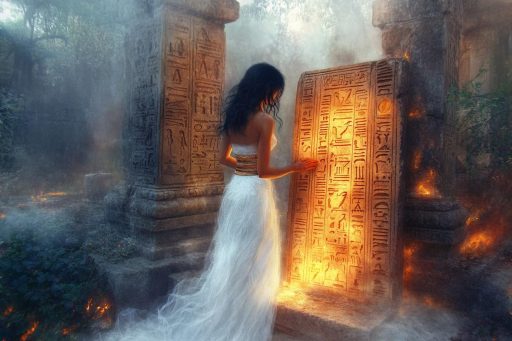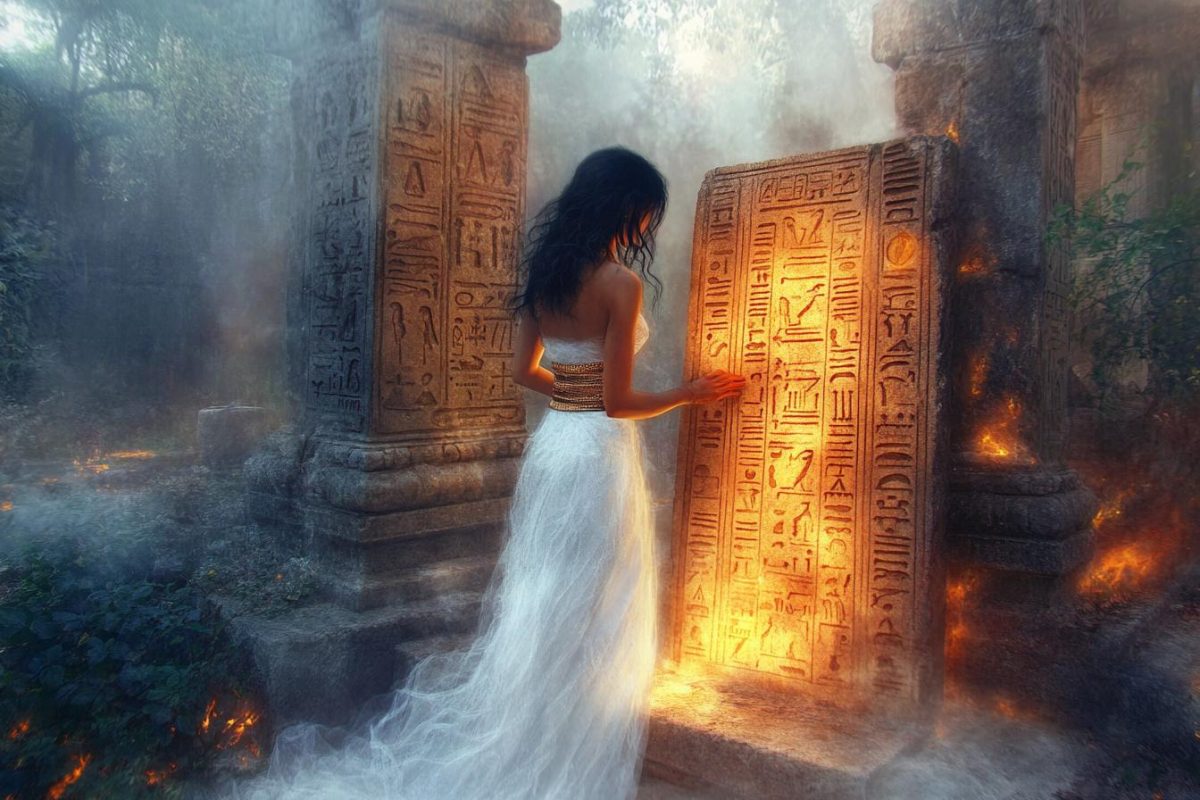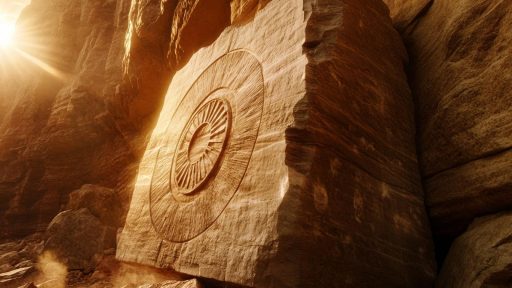
Across the ancient world, civilizations left behind mysterious inscriptions carved in stone, etched into metal, or painted on cave walls—messages that defy translation to this day. Despite the efforts of linguists, historians, and cryptographers, these writings remain silent, guarding secrets from lost eras. Are they simple records, sacred texts, or something else entirely? One thing is certain: the past is still speaking—we just haven’t figured out how to listen.
The Rongorongo Script of Easter Island

Discovered on wooden tablets across Easter Island, the Rongorongo script remains one of the most enigmatic writing systems ever found. No known Polynesian language corresponds to its symbols, and some scholars argue it may not be writing at all, while others believe it could be the only independent script to emerge in Oceania. The oral traditions of the islanders offer little help, and the few remaining tablets are weathered and incomplete. Could this be the lost voice of an extinct culture, or an elaborate mystery never meant to be solved?
The Phaistos Disc

Unearthed in a Minoan palace on Crete, the Phaistos Disc features spiraling symbols stamped into clay with a level of precision rare for its time. Despite decades of analysis, no one has been able to definitively decode its meaning or determine its origin. Some believe it’s a prayer or hymn; others suggest it’s a game, a calendar, or even a hoax. Whatever its purpose, its perfect symmetry and unique script continue to baffle scholars.
The Cascajal Block

Found in Mexico, the Cascajal Block may contain the oldest writing in the Western Hemisphere, associated with the mysterious Olmec civilization. Its unusual glyphs don’t resemble any known Mesoamerican script, and the artifact’s authenticity has sparked fierce debate. Could it be the key to understanding the Olmecs’ language, or is it an isolated relic without a decipherable system? Until a Rosetta Stone for the Olmecs is found, this inscription remains an unsolved enigma.
The Liber Linteus

The only known linen book from antiquity, the Liber Linteus was discovered wrapped around a mummy in Egypt. Written in the Etruscan language, it remains largely untranslated due to the limited understanding of Etruscan script and vocabulary. What little is understood suggests it may be a religious calendar, but the full meaning remains locked within the faded cloth. Its preservation is astonishing—but so is the mystery it continues to guard.
The Byblos Inscriptions
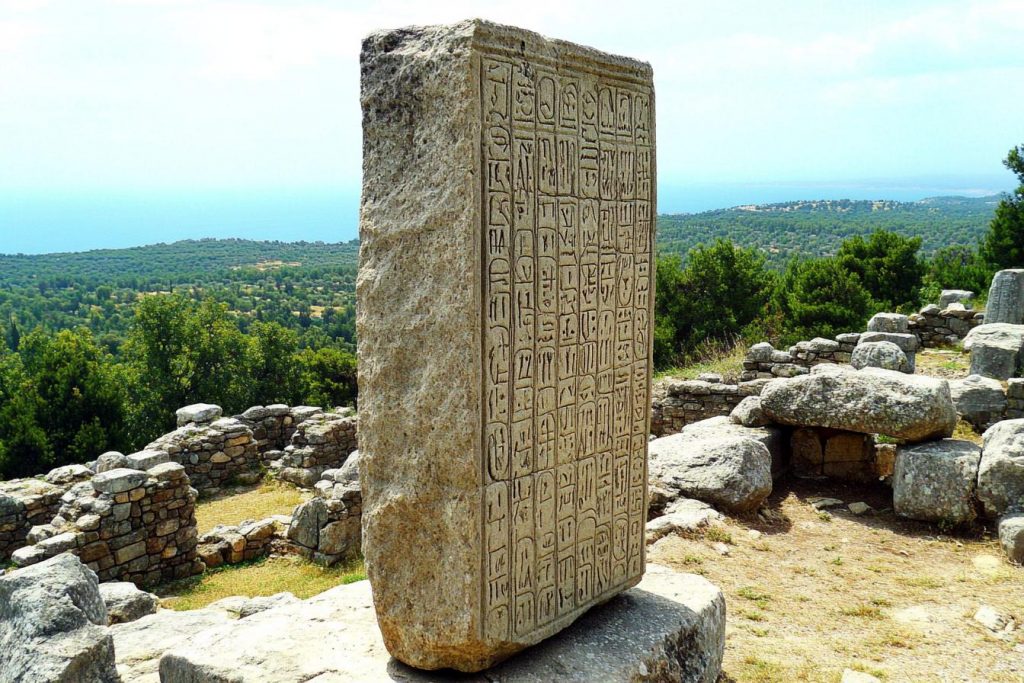
These inscriptions found in modern-day Lebanon feature a script that doesn’t quite match any known writing system. Some suggest they’re a link between Egyptian hieroglyphs and the Phoenician alphabet, while others see them as a linguistic anomaly. Despite similarities to other early scripts, the inscriptions defy complete translation. Their origin and meaning are still debated, as if the stones are resisting every attempt to unveil their truth.
The Indus Valley Script

One of the most intriguing ancient mysteries, the Indus Valley script appears on seals and pottery across a civilization that thrived over 4,000 years ago. Its short texts and lack of a bilingual reference make translation nearly impossible. Some scholars even question whether it represents a true written language. Until more context is found, these symbols will continue to whisper secrets we can’t quite grasp.
The Voynich Manuscript

Perhaps the most infamous undeciphered text, the Voynich Manuscript is a beautifully illustrated book filled with bizarre plants, strange symbols, and inexplicable diagrams. Radiocarbon dating places it in the early 15th century, but everything else about it—its language, its meaning, even its purpose—remains a riddle. Theories range from a lost language to an elaborate hoax, but no one has cracked its code. It’s a literary labyrinth with no clear exit.
The Tărtăria Tablets

Discovered in Romania, these Neolithic clay tablets are inscribed with strange symbols that predate other known writing systems by over a thousand years. Some believe they’re evidence of a lost prehistoric script, while others argue they’re merely decorative or symbolic. If real writing, it would radically rewrite the history of literacy. But the debate continues, as scholars wrestle with meaning locked in fired clay.
The Shugborough Inscription

On an English estate stands a monument with a cryptic sequence of letters: “D.O.U.O.S.V.A.V.V.”. Despite its relatively modern setting, this inscription has stumped experts for centuries, with speculation linking it to the Holy Grail, ancient orders, and hidden treasure. No theory has proven definitive, and the true meaning remains tantalizingly out of reach. It’s a riddle carved in stone—one that refuses to be solved.
The Kylver Stone

Discovered in Sweden, this 5th-century runestone features a complete Elder Futhark inscription, ending in a puzzling bind-rune. While most of the runes are recognizable, the concluding symbol appears to have been added for magical or ritualistic reasons. Its exact purpose is unknown—was it a spell, a protective charm, or something more? Even among known scripts, some symbols refuse to speak clearly.
The Singapore Stone

Once part of a massive slab near the mouth of the Singapore River, this now-fragmented inscription features an unknown script carved before colonization. The script bears no resemblance to any local or regional writing, and much of the stone was destroyed in the 19th century. What remains is indecipherable, teasing at a forgotten culture lost to time and conquest. A historical voice, silenced before it could be heard.
The Glozel Tablets

Discovered in France in the 1920s, these clay tablets feature inscriptions that resemble a mix of ancient scripts, including Greek, Latin, and Phoenician. Scholars have debated whether they’re authentic, forgeries, or something in between. Radiocarbon dating has added to the confusion, suggesting a wide range of possible ages. If real, they could represent a lost European culture—or a puzzle that’s tricked generations.
The Rongo Rongo Petroglyphs of Hawaii

Different from Easter Island’s tablets, petroglyphs found in Hawaii bear similar repeating symbols carved into stone. Some locals believe they’re sacred ancestral markings, while others think they point to forgotten Pacific voyages. The resemblance to other undeciphered scripts suggests a wider web of communication—or coincidence. Their meaning, however, continues to drift just beyond understanding.
The Fuente Magna Bowl

Dubbed the “Rosetta Stone of the Americas,” this stone bowl was found near Lake Titicaca in Bolivia and contains a script resembling Sumerian cuneiform. If authentic, it would suggest ancient transoceanic contact, a claim many scholars reject as pseudoscience. Yet no definitive explanation has been accepted, and the symbols remain mysterious. Whether ancient forgery or groundbreaking discovery, it’s an artifact shrouded in controversy.
The Heavener Runestone

Hidden in Oklahoma, the Heavener Runestone bears what appears to be Viking runes, sparking debates over pre-Columbian Norse exploration. Some historians say it’s a modern carving, but others argue for its authenticity based on erosion patterns and nearby artifacts. If genuine, it would reshape North American history. For now, it remains a strange intersection of archaeology and legend.
Echoes From Stone, Silence From Time
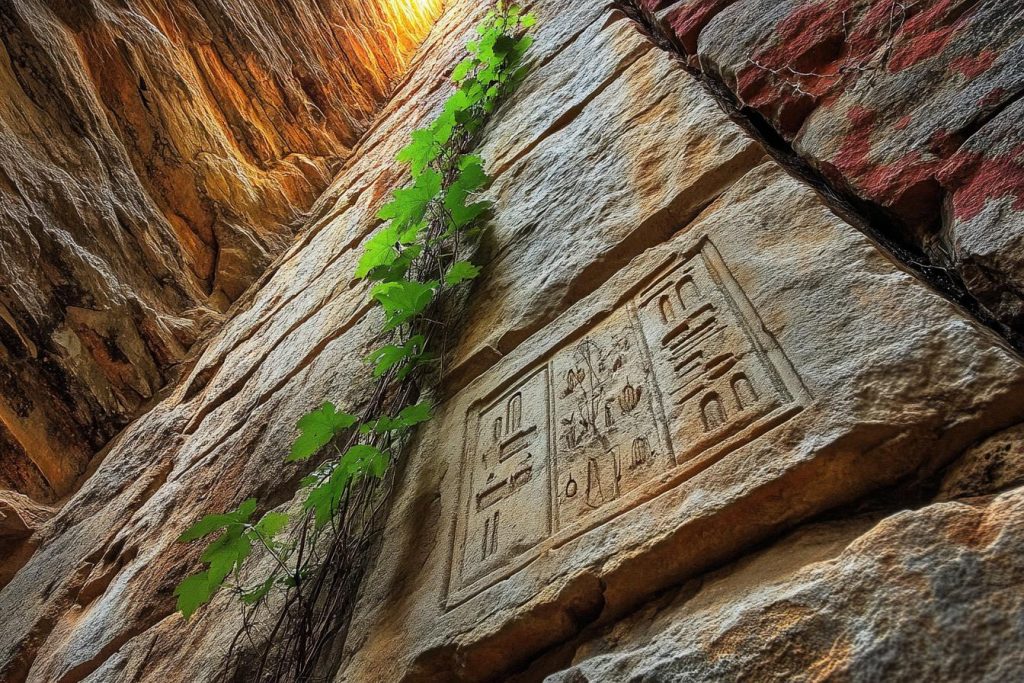
These cryptic carvings and coded writings stretch across continents and millennia, yet all share one frustrating quality—they remain unread. Were they left behind by civilizations with knowledge we’ve lost, or are we simply not asking the right questions? As long as they remain unsolved, these inscriptions serve as reminders that history has gaps we may never fill. Perhaps the truth is buried not just in stone, but in our own forgotten understanding.

